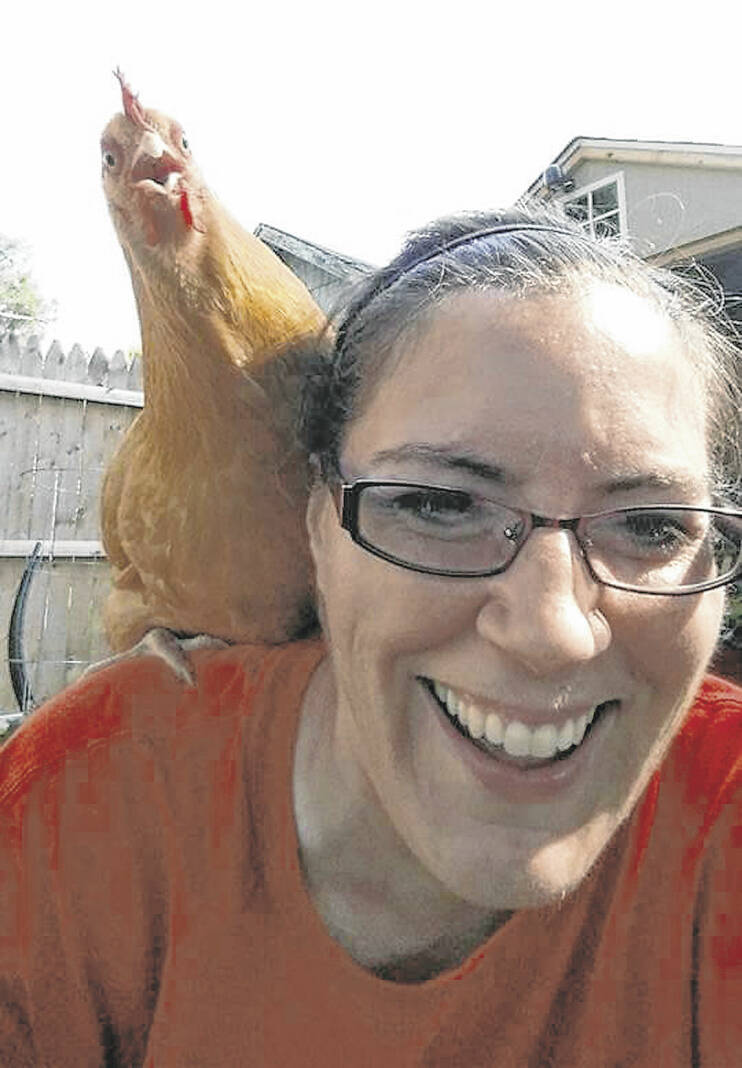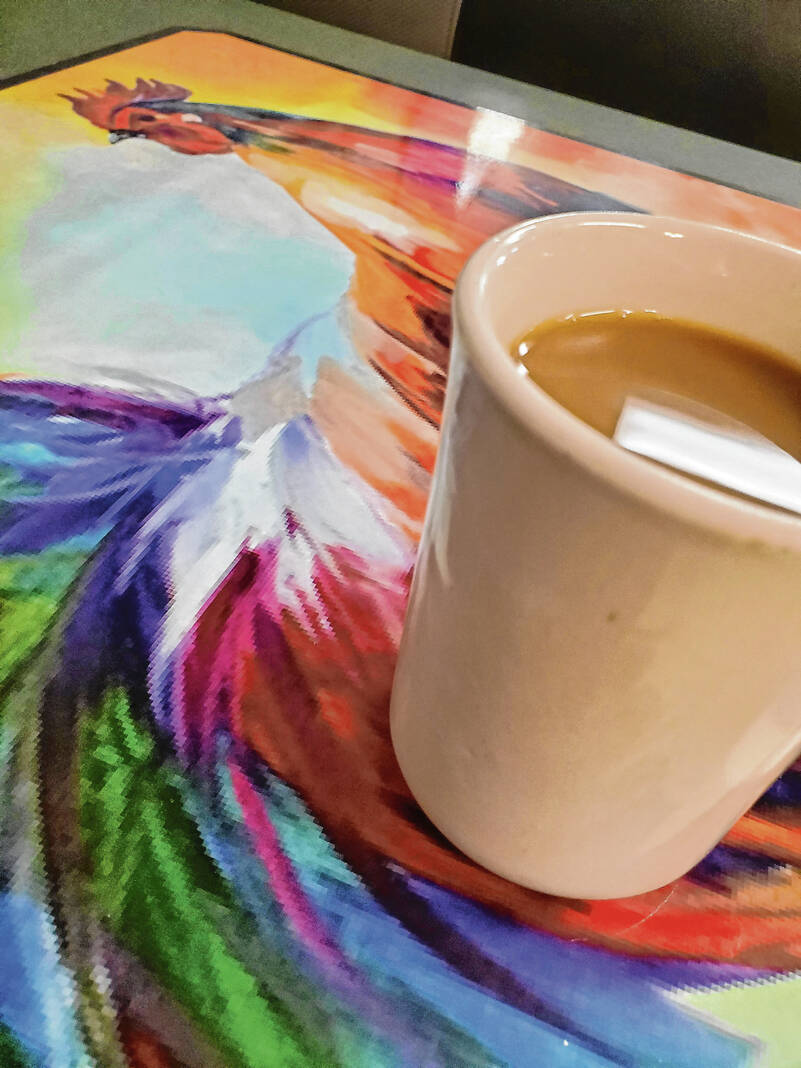Gosh, it feels like I’ve been away for so long from writing with the animals of the farm taking over the storytelling the past few weeks.
I’m not going to lie, though. I did appreciate the break with all of the harvesting that has been going on as of late. Fall is definitely upon us, and it is time to either reap or weep the results of the work that was done on the farm during the growing months.
This past week, I was able to take 40 meat seeds to the processor and have almost sold all of them. It’s always such a welcomed respite to realize that one less thing needs to be done for morning and evening chores.
As always, at the last, the birds’ food and water intake becomes astronomical, and a feeder that holds 7 pounds of feed and a waterer that holds 5 gallons of water has to be filled both in the morning and the evening to meet their increasing demands for calories.
The process of getting the birds to the processor also is not an easy one, as each bird needs to be loaded by yours truly and loaded onto a family member’s borrowed truck around 5 a.m. on a Wednesday morning. Then the drive to Cambridge City takes around two hours, and by the time I arrive at the Amish-owned facility, I’m ready for a nap.
This was my third season raising meat poultry, and I have to say I’ve learned a few tricks along the way. I’ve discovered a great little breakfast diner in New Castle, which isn’t too far away from where I drop off and pick up the birds, called Early Bird Diner.
As if by fate, the décor of this establishment is roosters, and there is a server there who carries a never-empty pot of coffee in one hand, a pencil tucked behind one ear and a demeanor that is welcoming after an early rough morning.
I always get the western omelet with wheat toast, and it satisfies. The entertainment is top notch. Just like any small town diner, you catch the latest gossip and who has done what to whom. I’m definitely the outsider, never contributing to the conversation, but I will say I’ve heard some interesting stories in the hour or so I’m there.
Beyond breakfast, I’ve learned there is a beekeeping supply store just a few miles away, and so I then travel there to get anything I’ve wanted to order from the Mann Lake catalog but didn’t want to pay shipping costs.
Again, an interesting individual greets me at the counter, always full of advice with a heavy dose of sarcasm. It’s a beautiful drive out to the Bastin Honey Farm in Knightstown, and as I leave, I’m reminded how diverse the landscape is of Indiana as I drive past rolling hills, heavily forested areas and multiple small farms, all the while trusting the GPS to get me back to New Castle, where I stay the rest of the time until it’s time to pick up the packaged birds.
Once the birds are picked up, my attention turns to getting them back to the farm and selling them as quickly as possible. It’s amazing how much space 40 frozen chickens can take up in a freezer.
The revenue generated from the sale of the chickens goes into next year’s harvest and farm improvements, and the whole process begins again. It’s a bittersweet event but also allows me to remain connected to the land which I value so much. Thus is the purpose of harvesting.
Until next time…
Stephanie Strothmann owns Purple Shamrock Farm LLC in rural Seymour. Read her blog at whattheclucker.blogspot.com. Send comments to [email protected].


